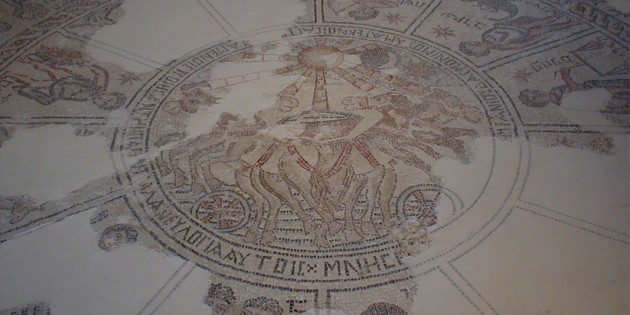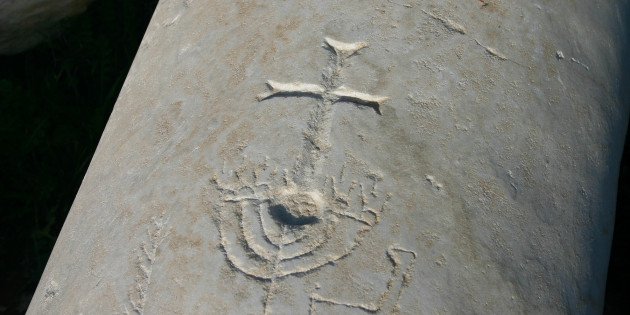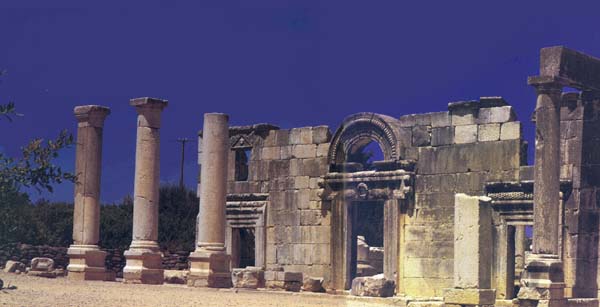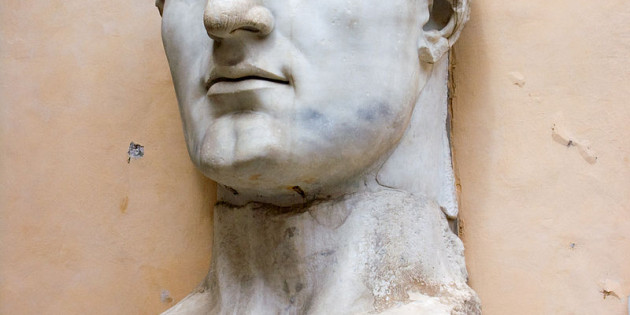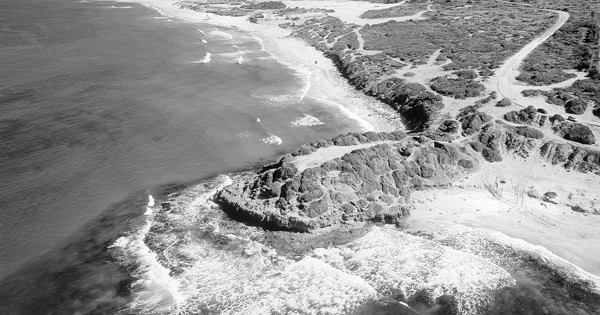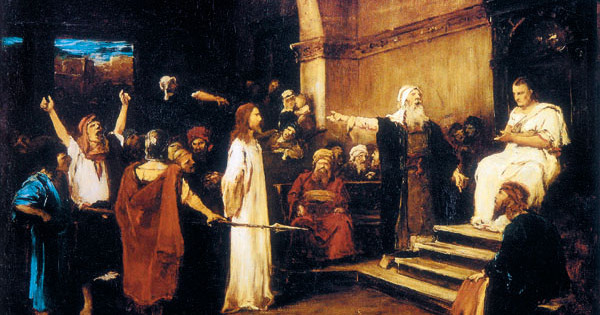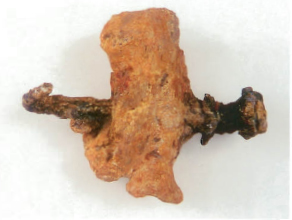Home » Greco-Roman Period » Rise of Christianity
Rise of Christianity
This narrative indicates that even Rabbis were in contact with Jewish Christians and that they exchanged interpretations and teachings. It once happened that R. Eliezer was arrested on account of heresy and they brought him up to the bema to be tried. The hegemon asked him: Should an elder like you engage in those things? He […]
The Tosefta presents a list of regulations put together from previously existing statements, reflecting tannaitic steps to distance Jews from the early Christians, who were increasingly regarded as members of a separate religious community. If meat is found in the hand of a non-Jew, it is permitted to derive benefit from it. [If it is […]
Palestinian texts of the Amidah preserve an early form of the Benediction against Heretics which includes both minim, Jewish Christians, and nozerim, Gentile Christians. The Benediction’s recitation was intended to bring about the separation of Christians from the synagogue. Such a procedure is mentioned in the Gospel of John and in the writings of the […]
Constantine can rightfully claim the title of Great, for he turned the history of the world into a new course and made Christianity, which until then had suffered bloody persecution, the religion of the State. Excerpted from Catholic Encyclopedia.
Image courtesy of Holy Land Photos. The image of the menorah on this column fragment, flanked by a shofar, a ram’s horn, to its right a lulav, a palm frond, to its left, was a well-known visual trope in Jewish art across the empire, but our piece is distinguished by the fact that this is the […]
The wall painting to the right of Jesus raising Lazarus is a classic example of early Christian art depicting Christ as a miracle worker. When Jesus wasn’t disguised as a Shepherd or as a Greek god, followers often showed him in the act of his biblical miracles. Far from being as inflammatory as the resurrection, showing Jesus’ […]
After discussing the significance of the number eighteen regarding the prayer of the “Eighteen Benedictions,” the Bablyonian Talmud discusses the origin of what is considered to be the additional nineteenth blessing, denouncing non-believers, which has been incorporated into the prayer. As to those eighteen benedictions — there are nineteen! R. Levi said : The benediction relating to […]
Until after the destruction of Jerusalem by Titus (A.D. 70) the Christians were regarded as a sect of the Jews; hence those Jews who were converted by the Apostles at Rome were buried in the catacombs of their fellow-countrymen. The question arises as to where those converted from heathenism by the Apostles found their last […]
Poor Pilate. If ever a man was caught unwittingly in the net of historical circumstance, it was Pilate. A simple Roman governor just doing his job, he could see that Jesus wasn’t the villain the Jewish crowd thought him to be. In the end, he washed his hands of the affair—tormented, it seems, by the […]
Whereas crucifixion, a form of state terror described by Josephus as “the most wretched of deaths” (Jewish Wars 7,23) persisted for hundreds of years, few are aware of its widespread use with victims being crucified on all three continents in the Ancient World. As late as the third century A.D. poets, murderers, robbers, mischief makers […]

